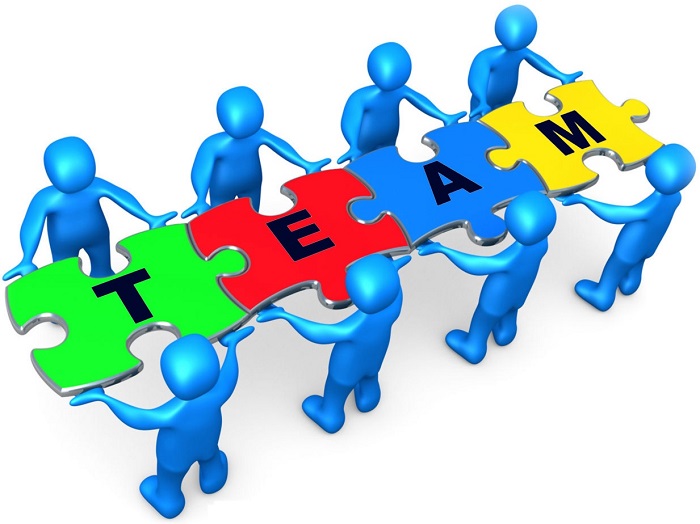There are a variety of situations where new teams are formed. The project based, cross-functional work team has become the basis of industry in the 1990’s. Virtual team organization is rapidly becoming the model for flexibility and agility in organizing quickly and effectively to get jobs done. New teams usually have a clear task focus in the early going and there is usually a clear understanding of the short term goals. The new team members are also generally technically competent and there usually is a challenge in the project that will draw on their technical capabilities. While the early activities of a team are clearly focused on task and work issues, relationship problems tend do develop as they do in any human system. By the time these interpersonal issues surface the team may be well along in its activities. The issues may become very difficult and very costly to work out later in the game. There is a significant benefit if a new team takes a short time at the beginning of its life to examine collaboratively how it is going to work together.
Developing Winning Teams
Every organization uses some kind of formal teamwork to get projects done. Many of them create teams up by giving them a vague, imperfect plan, sending them on their own way somehow expecting victory. Even if individual players are talented and creative, teams with firm goals and ways to achieve them alone succeed. Winning teams thrive on structure that’s created from the bottom up, yet guided by strong, confident leadership from the top of the organization. A good team relationship requires nurturing from a strong leader.
Communication in Teams
Communication, the most basic of management essentials, is needed to ensure timely feedback and immediate updates in teams. In teams, clarity, frequency and responsiveness are the keys of communication. Most of the communication is nonverbal and the verbal forms used need to be clear and delivered often. Regular meetings in a place or via conference call or other technology are essential for teams. Team coordinators should keep the agenda posted electronically in an area the whole team can access and encourage them to add to it. They should make answering team members emails and phone calls a priority. Although team members hardly need to be affectionate to each other to work well together, some level of personal interaction is crucial for team bonding. Supporting tools that can be obtained inexpensively or free like telephone and email, instant messaging systems, collaboration software, group bulletin boards or discussion areas and chat rooms are all useful for working and meeting together. Varying methods of communicating and learning which methods work best for which team members are vital steps. One of the most often neglected pieces to building a team is providing a safe place for interaction and discussion without the manager. Teams need a staff room. Members often develop ideas they might not feel comfortable expressing in public. Teams need them and if they ignore this need, they eliminate a chance for a more free change of ideas. Accomplishments must be acknowledged and celebrated, as a group when possible and appropriate. Organizations adopt several ways to achieve this, such as creating a periodic newsletter and email with a section in it for accolades, institution of a peer-to-peer award system, sending greeting cards or gift certificates from websites dedicated to these purposes. The principles of managing teams well are similar to the principles of managing anybody or anything well.
Practices to facilitate development of Teams in organizations
Organization Development facilitators should enable firms to hire team players by putting all job candidates through demanding office-wide scrutiny. Performance Incentives should be designed in such a manner that they are group-based and performance appraisals should include team working as a criterion. Intra-team conflicts should be resolved in the early stages. Unresolved conflicts caused due to employees mutual bickering can kill office morale and productivity. Organizations are deploying paid ombudsmen to help staffers get along and stifle office conflicts. As conflicts often arise in work teams, timely interventions to diffuse tensions and strengthen members interpersonal commitment should be introduced. A good team relationship requires nurturing from a strong leader. Leaders might cling to the idea of success being based on individuals, but the value of a great group must not be ignored by the leader. Effective interpersonal interaction would take place among team players communicate more effectively.
Organization development process should result in the development of a comprehensive and sustainable in-house leadership training program that would foster teamwork. The training programs should enable employees to learn how to handle different types of personalities. Towards the completion phase of team building intervention, team members should be capable of avoiding reciprocal rudeness and maintenance of unconditional politeness, escaping the trap of cliques, prevention of polarization of members into opposing factions, perpetrating the value of teams, overcoming the phenomenon of group think which occurs out of excessive demand for unanimity and illusion of invulnerability of the group, understanding the power of group synergy and social-facilitation in raising an organization’s productivity are quintessential qualities of the members of winning teams.
